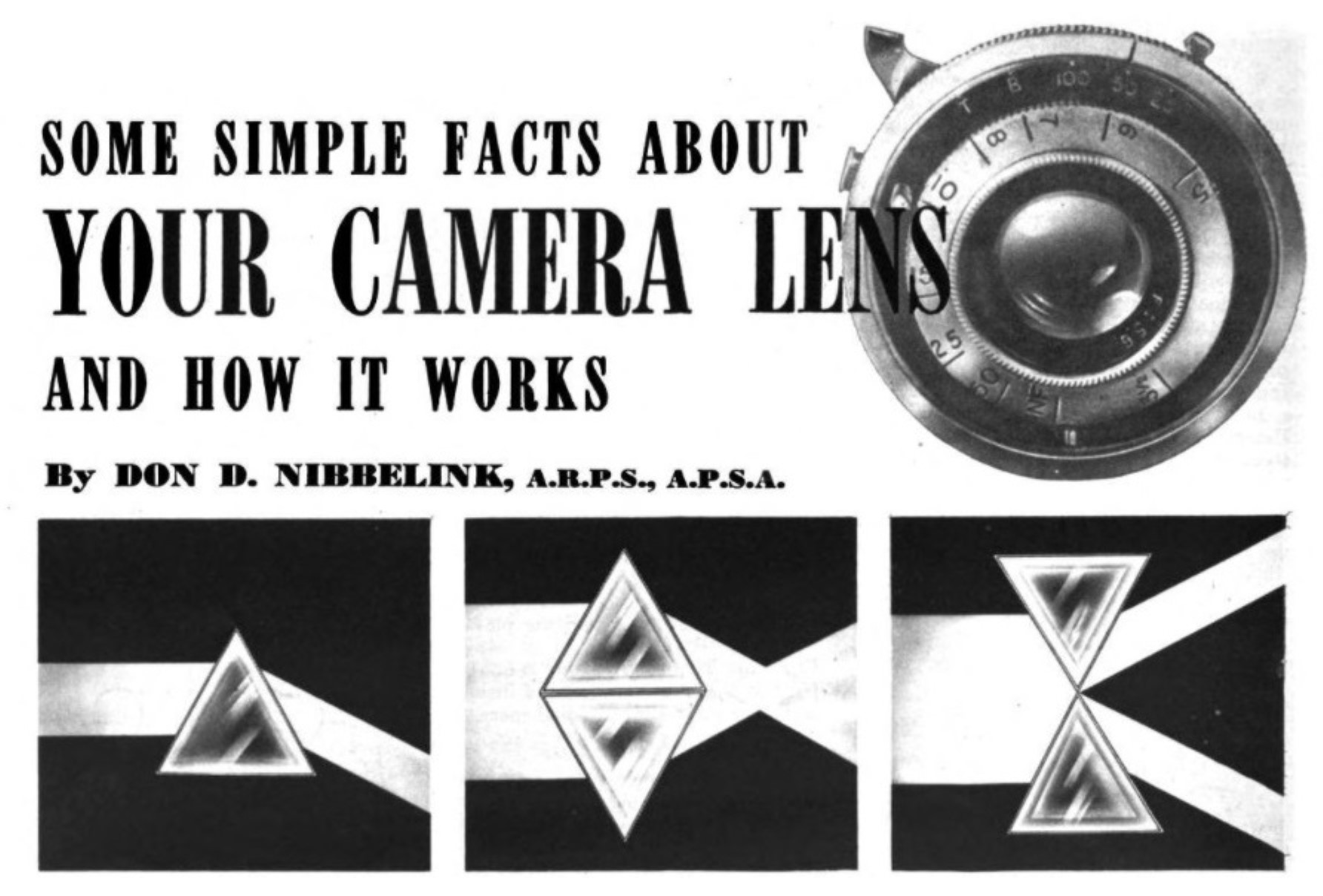Although cameras are (usually) complicated devices with many different parts, in it’s simplest form, a camera can be broken down into two major components, the first, is a light tight box, and the second is the lens, which focuses an image onto a film plane or digital sensor.
When you shoot a digital or film camera, the quality of the resulting images have much more to do with the camera’s lens than the camera itself. As long as it does not allow light to leak in, and it has a shutter accurate enough to get the exposure right, the lens is where most of the magic happens.
Now of course, nothing I’ve said should be a surprise to anyone reading this site, but how many of you really know how a lens works? At least beyond “it focuses an image on a film plane”?
When reading lens reviews, negative characteristics like barrel distortion, chromatic aberrations, coma, and flare are often mentioned, but how many people understand what each of these terms mean, or more importantly, how a lens is designed to eliminate them?
This week’s Keppler’s Vault is a two part oldie, from the January and February 1944 issues of Popular Photography. Author Don D. Nibbelink does a commendable job of taking complex optical principles and simplifying them enough to understand for the beginner. Today, we can look these things up online, but in the 1940s, an article of this technicality in a nationally distributed magazine was pretty unheard of as the concepts explained were probably beyond what the amateur needed to know. Even more impressive is that nearly everything he explains in this article still applies today, 77 years later!
 I don’t want to repeat too much of what’s in here, but if you’ve ever read lens reviews online from one of many such websites that point lenses at grid patterns and talk about the various anomalies that they see in a lens, this article covers the basics. I’ll be honest in that before reading this article, I didn’t quite understand what “curvature of field” was, and how it affected edge sharpness, but now I do!
I don’t want to repeat too much of what’s in here, but if you’ve ever read lens reviews online from one of many such websites that point lenses at grid patterns and talk about the various anomalies that they see in a lens, this article covers the basics. I’ll be honest in that before reading this article, I didn’t quite understand what “curvature of field” was, and how it affected edge sharpness, but now I do!
If you’ve never quite understood how depth of field works, or what exactly is an f/stop, that is covered here too. For the seasoned lens expert, it’s not likely you’ll find anything you didn’t already know in this article, but perhaps you might still find it interesting to see how little these principles have changed in the last three quarters of a century.
All scans used with permission by Marc Bergman, 2021.




Very informative post. I can only wish that current photography sites would publish articles in this vein.